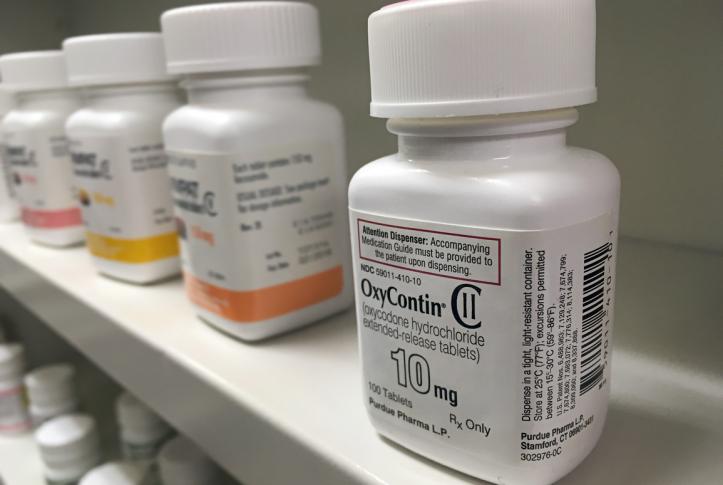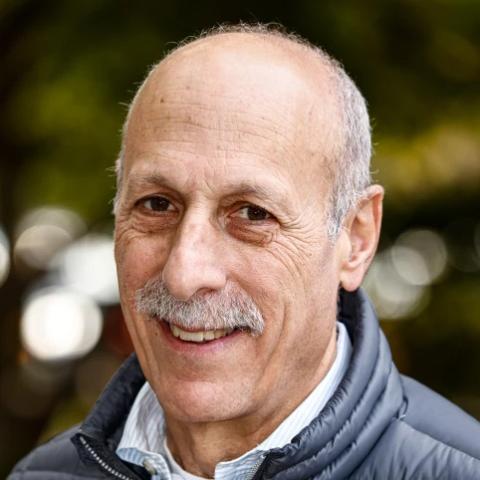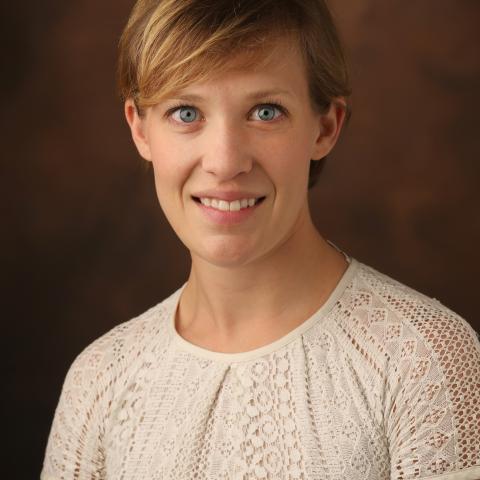A key component of the national strategy and many state strategies for preventing overdose deaths from opioids is to put the opioid-reversal drug naloxone into the hands of the right people at the right time. State actions to counter deaths from opioid overdoses—which numbered over 33,000 in 2015—include allowing physicians to prescribe naloxone to family members and friends of opioid users, allowing pharmacists to dispense naloxone without a prescription, training lay people to administer it, modifying civil and criminal liability rules governing its use, creating grant programs to purchase naloxone for first responders, and ensuring that Medicaid reimburses naloxone prescriptions. Recent evidence shows that states that have actively promoted naloxone experienced 9 percent to 11 percent reductions in opioid-related deaths.1
Medicaid, the health insurance program for low-income adults, children, and the disabled, plays a critical role in providing financial access to naloxone: More than half of people with an opioid use disorder have incomes below 200 percent of the federal poverty line, or $24,120 for an individual.2 For this reason Medicaid can play an important part in addressing the opioid epidemic. A congressional commission recently reported that all state Medicaid programs cover naloxone, and 26 programs place some formulation of it on their preferred drug list. Some states, including Arizona, Maryland, New Mexico, and Ohio, have wielded a new tool in the fight against the opioid epidemic: using Medicaid to purchase thousands of units of naloxone to promote layperson use of the lifesaving drug. For example, between March 2014 and June 2016, Maryland’s Medicaid purchases of naloxone increased from 19 to 1,281 kits.3 In Arizona, the Medicaid program purchased 4,600 naloxone kits, enabling 305 overdose reversals.4 These states’ experiences reflect a larger national trend. The Centers for Disease Control and Prevention reports that between January 2013 (the year prior to Medicaid expansion) and June 2014, the number of laypersons receiving prescribed naloxone kits doubled.5 Exhibit 1 shows the national growth in the number of prescribed units (a kit typically contains two units) of naloxone paid for under Medicaid.6
Analyses of opioid education and naloxone distribution programs show that, on average, there is one overdose reversal (i.e., life saved) for every 14.55 naloxone doses prescribed.7 We can therefore estimate the potential numbers of lives saved stemming from the increase in Medicaid spending on naloxone, as shown in Exhibit 2. This suggests that in 2016 there were nearly 7,000 reversals, compared with roughly 1,000 in 2013, before the Medicaid expansion. Cumulatively, there have been an estimated 11,500 overdose reversals by Medicaid-financed naloxone since 2014.
While there were many changes in opioid control policy from 2013 to 2016 that might have driven increased Medicaid payments for naloxone, changes in Medicaid eligibility leading to large increases in the number of Americans covered by the program are likely to have played a role. In Exhibit 3, we explore the role of the Medicaid expansion by comparing the estimated rate of opioid reversals per 100,000 residents in expansion states versus non-expansion states.
It is clear that expansion states began to increase purchases of naloxone prior to 2014, in part because seven states had expanded their Medicaid programs earlier.8 However, in 2014, by which point 24 states and Washington, D.C., had expanded their Medicaid programs, the rate of increase accelerated markedly, as shown in Exhibit 3.9 By December 2016, 31 states and Washington, D.C., had expanded their Medicaid programs, further accelerating the growth in naloxone units distributed by Medicaid and overdose reversals. In non-expansion states, overdose reversals also increased over time, but at a very modest rate.
We recognize that states were taking a variety of measures to combat the opioid epidemic during this period. As a result, some of the difference observed between expansion and non-expansion states may be due to policy differences not directly related to Medicaid expansion. Nevertheless, given the magnitude of the differences and the timing of changes, it is likely that the Medicaid expansion helped put more purchasing power into the hands of laypersons and in so doing expanded the use of naloxone, thereby saving lives.
In Exhibit 4, we show how states have promoted the use of naloxone through Medicaid and likely saved lives. To create these estimates, we took the units of naloxone purchased through Medicaid and applied the ratio of overdoses reversed to units purchased from the public health literature.10 For instance, we estimate that in Massachusetts 868 opioid-related deaths were averted in 2016 (13 per 100,000 population). By contrast in Tennessee, which did not expand its Medicaid program, only 11 opioid-related deaths were averted in 2016 (0.17 per 100,000 population). Both states have been hit particularly hard by the opioid epidemic: Opioid-related deaths in 2015 were 20.9 and 21.5 per 100,000 in Massachusetts and Tennessee, respectively.
The uncertainty over the future of Medicaid funding, in general, and Medicaid expansion, specifically, has significant implications for individuals who use and misuse opioids. The cuts to state Medicaid funding in both the House and Senate health reform bills could jeopardize financial access to lifesaving naloxone. Although both bills provide some funding for the opioid crisis, it is likely not enough to provide the treatment and prevention services that state Medicaid agencies currently provide, potentially leaving the family and friends of those who use and misuse opioids without lifesaving medication.





